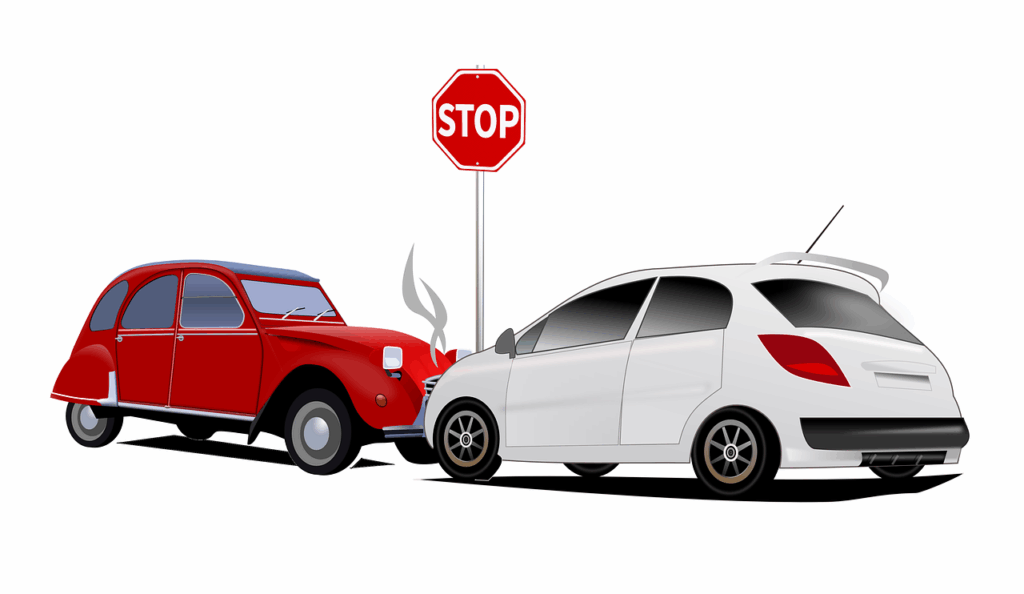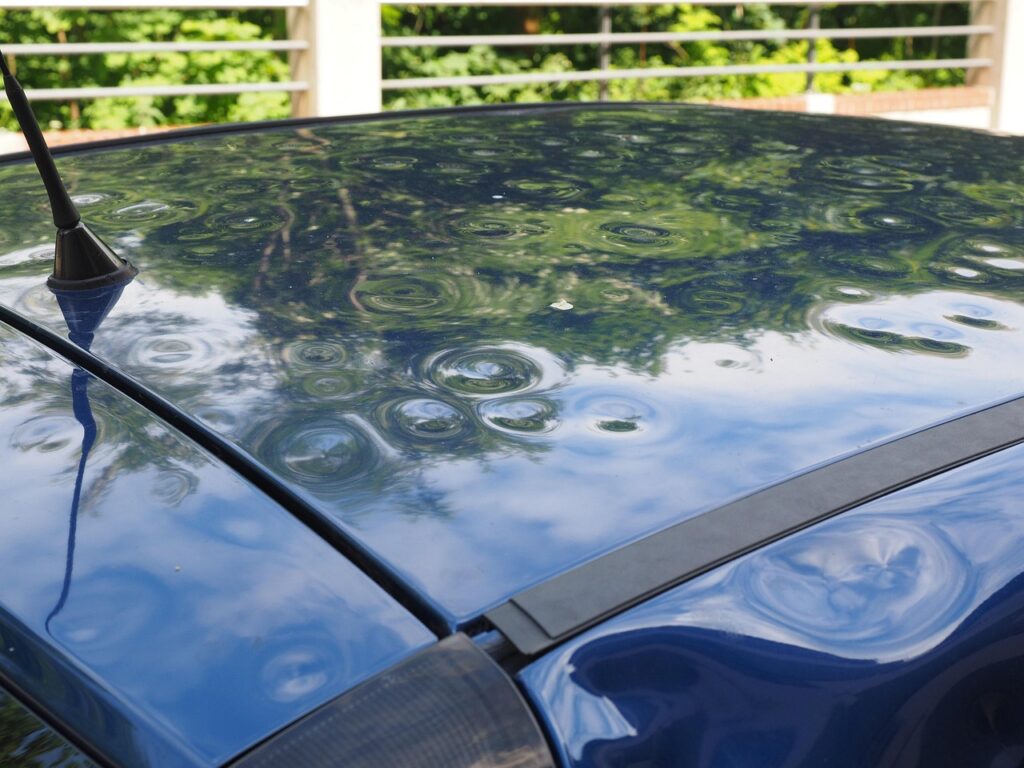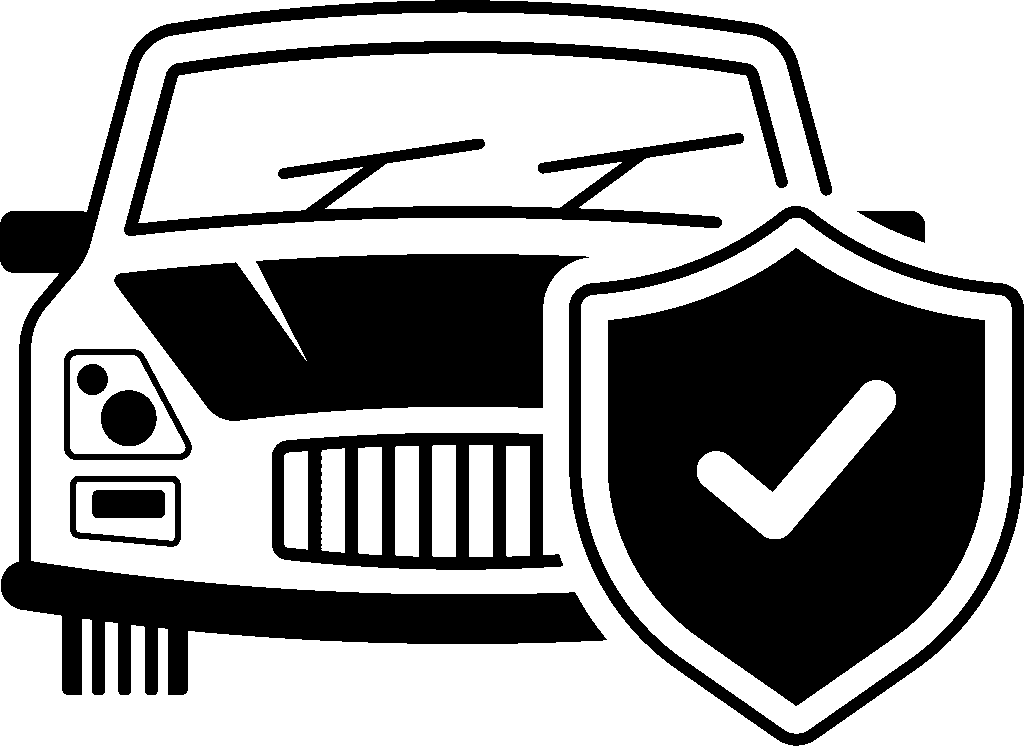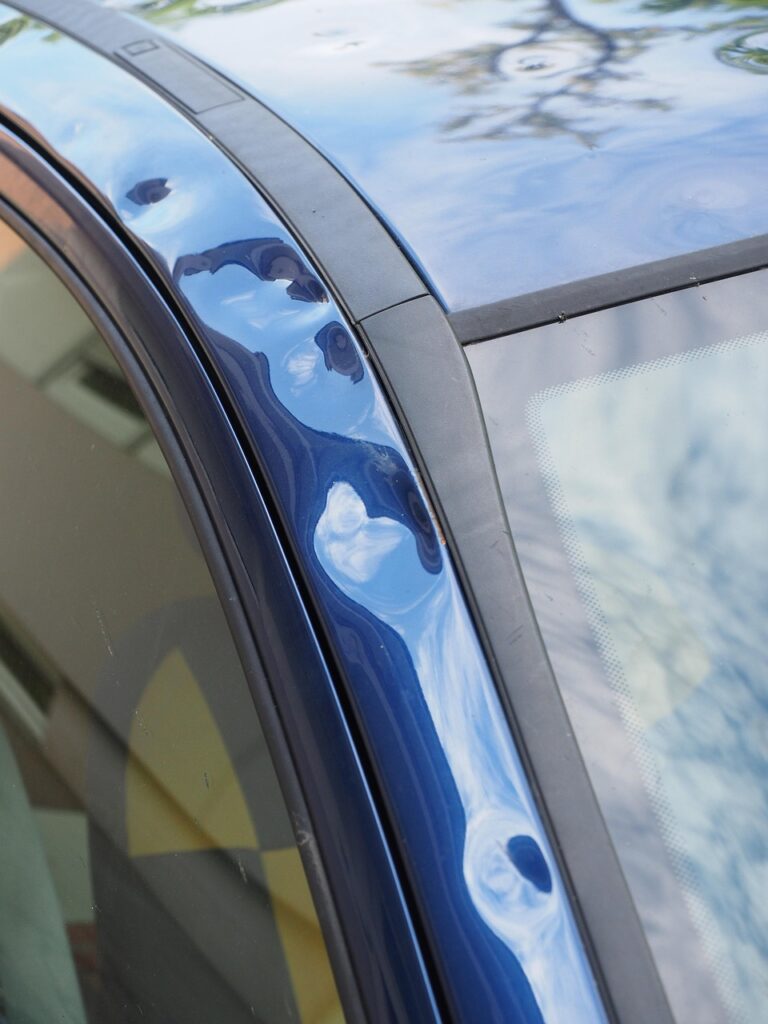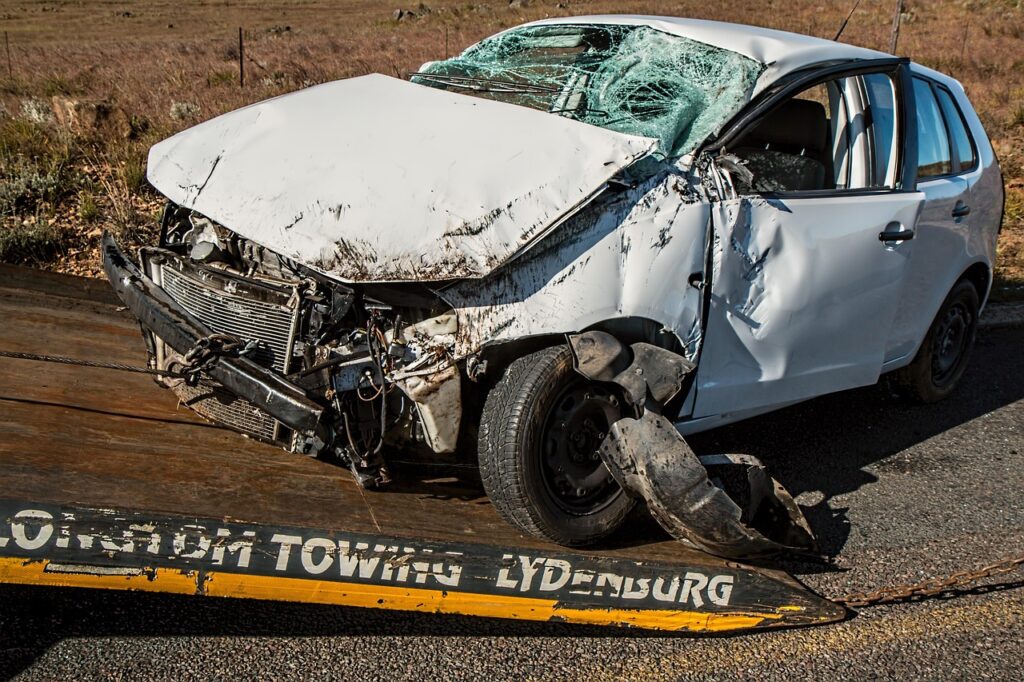
Car insurance claims – they’re something many of us hope we never have to file, but when accidents happen, it’s a vital safety net. You’ve paid your premiums, you’ve followed the rules, and now you need your insurer to come through. But have you ever wondered why your perfectly legitimate claim might end up under a microscope, facing a full-blown investigation? It can feel a bit like being in a detective novel when all you want is to get your car fixed or your medical bills covered.
The truth is, while it can be stressful, an insurance company investigating a car accident claim is actually a standard part of the claims process. It doesn’t automatically mean your claim is heading for denial. Insurers have a contractual duty to investigate the facts before paying benefits. Think of it as their way of keeping the whole system fair for everyone. This thorough process is designed to verify all the incident’s details, confirm the legitimacy of any damages, and ensure that your claim fully complies with your policy’s terms. It’s also their primary line of defense against fraud, which, believe it or not, helps manage premium costs for all policyholders – yes, even yours!
So, what exactly triggers this deeper dive? Insurance companies are pretty savvy, and they’ve learned to spot certain “red flags” that signal a claim might need a closer look. These aren’t necessarily accusations, but rather indicators that something might be amiss or simply requires more clarification. Let’s pull back the curtain on the most common reasons your car insurance claim might be investigated for fraud, starting with seven key triggers that often catch an insurer’s eye.
1. **Significant Delay in Reporting the Accident**You’ve been in an accident, and life immediately gets hectic. Maybe you’re shaken up, dealing with injuries, or simply overwhelmed. But when it comes to filing that car insurance claim, time is often of the essence. One of the quickest ways an insurer might flag a claim for a more detailed review is a significant delay in reporting the accident. We’re talking about waiting weeks or even months to file a claim without a truly clear, compelling reason.
Why is this such a big deal? Well, insurers expect prompt notification to allow for a timely investigation. The longer you wait, the harder it becomes to gather accurate evidence, interview witnesses whose memories might fade, or assess vehicle damage before repairs begin. This delay can raise a lot of questions about why the report wasn’t made sooner, making it seem as though there might be something to hide or that the incident’s details aren’t as straightforward as they should be.
Consider this: if a car is damaged and then driven for weeks, further damage could occur that wasn’t related to the initial incident. Or, if an injury is claimed months after the fact, it becomes incredibly difficult to prove that it stemmed directly from the accident and not some intervening event. While every situation is unique, a lengthy gap between the incident and the claim submission can inherently complicate the verification process, pushing your claim into a deeper investigation simply due to the challenge of establishing a clear timeline.
Read more about: The 13 Most Common Causes of Car Fires That Mechanics Want You to Know to Keep You Safe

2. **Inconsistencies in the Information Provided**Imagine you’re piecing together a puzzle, but some of the pieces just don’t fit. That’s what it feels like for an insurance adjuster when they encounter inconsistencies in the information provided for a claim. This is a major red flag, and it’s a common trigger for a full-blown investigation. We’re talking about discrepancies between your statement and the other driver’s account, or statements that conflict sharply with what the police report says happened.
The insurer’s ultimate goal during an investigation is to create a clear, coherent timeline and understanding of the incident. When different parties involved offer conflicting stories, or when those stories don’t align with official documentation like a police report, it makes achieving that clarity incredibly difficult. It forces them to question the accuracy of the entire narrative. They’re looking for factual alignment, and any significant deviation can cast doubt on the claim’s legitimacy, even if it’s just an honest mistake due to stress or memory lapse.
These inconsistencies aren’t always about outright deception; sometimes, they’re the result of different perspectives or understandable confusion in a high-stress situation. However, from an insurer’s standpoint, conflicting stories are problematic because they hinder their ability to verify what truly happened and determine fault or damages accurately. This often necessitates a deeper dive, potentially involving witness interviews, accident reconstruction specialists, or detailed reviews of all available evidence to reconcile the differing accounts and get to the bottom of the truth.
Read more about: 14 Expert Traffic Ticket Defenses: Proven Strategies Lawyers Use to Get Charges Dismissed
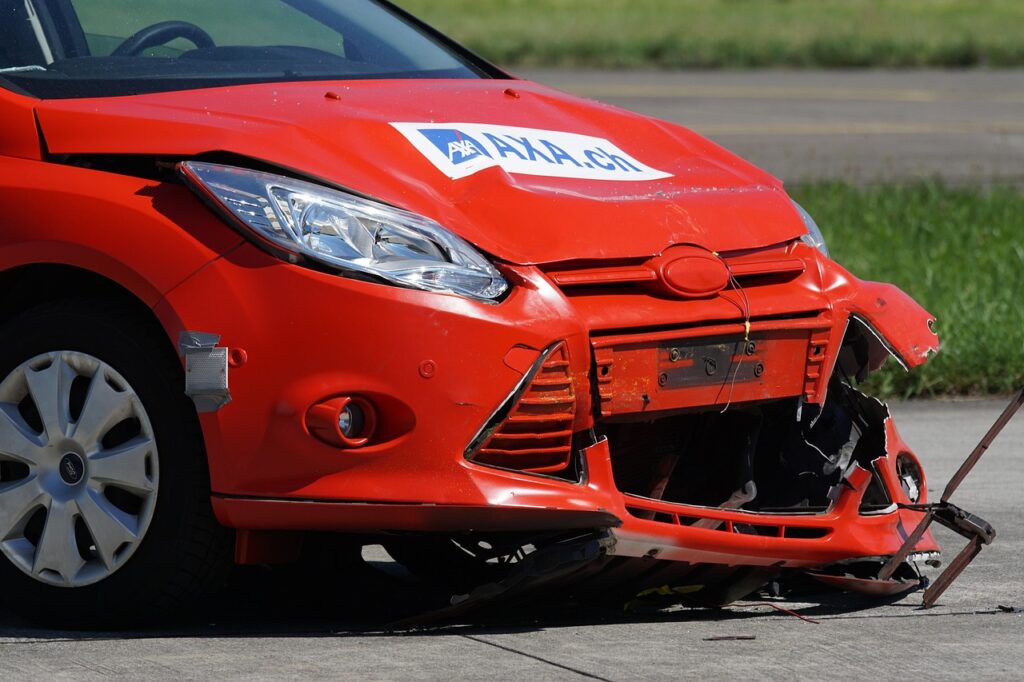
3. **Claim Filed Shortly After a New Policy is Purchased**It’s an exciting feeling to get a new car insurance policy, especially if you’ve found a great rate or better coverage. You sign up, you’re covered, and then, boom—an accident happens almost immediately. While this might be a genuine stroke of bad luck, a claim filed shortly after a new policy is purchased can definitely trigger a review. Insurers are naturally wary of situations where a claim arises suspiciously close to the policy’s effective date.
The primary reason for this heightened scrutiny is to rule out the possibility that the accident actually occurred *before* the policy was active. This is a classic fraud tactic: someone might get into an accident without insurance, then quickly purchase a policy and claim the incident happened afterward. It’s a way to retroactively gain coverage, which is, of course, a big no-no. The investigation aims to establish a precise timeline, cross-referencing accident reports, witness statements, and any other available data against the policy’s start date.
In essence, the insurer is ensuring that they were, in fact, responsible for covering losses at the time the incident took place. This isn’t about doubting your word directly; it’s about protecting against a known loophole that fraudsters sometimes try to exploit. While most claims filed shortly after a new policy are perfectly legitimate, the potential for “prior loss” fraud makes this a common and understandable trigger for a more thorough examination of the circumstances surrounding the incident and the exact timing of events.
Read more about: Donald J. Trump: A Comprehensive Examination of a Singular Political and Business Trajectory
4. **History of Multiple Prior Claims**We all know that life throws curveballs, and sometimes that means you might have to file an insurance claim more than once. But when a policyholder has a history of *multiple* prior claims, it can absolutely lead to an investigation. This isn’t just about a couple of fender-benders over a decade; it’s about identifying any unusual trends or patterns that might suggest something more calculated than mere misfortune.
Insurers use specialized databases, such as the ISO ClaimSearch system, which tracks insurance claims across the country. This allows them to identify patterns of prior claims or connections to other suspicious incidents. If their system flags a policyholder who seems to be frequently involved in accidents, especially if those incidents share similar characteristics or involve similar types of damages, it raises a significant red flag.
It’s about risk assessment and fraud prevention. While a clean record is great, even an honest person can have a streak of bad luck. However, a consistent pattern of claims, especially if they appear to be of a similar nature or frequency that defies statistical norms, prompts insurers to take a closer look. They want to ensure that they’re not dealing with a serial claimant or someone who is intentionally orchestrating incidents for financial gain, thus protecting the entire pool of policyholders from increased premiums due to systemic fraud.
Read more about: 10 Unexpected Ways Your New Car Insurance Policy Can Beat Your Old One’s Price
5. **Accident in a Remote Location with No Witnesses**Picture this: you’re driving along a deserted stretch of road, perhaps out in the countryside or late at night. Suddenly, an accident occurs. You’re fine, but your car is damaged. The problem? There was absolutely no one else around to see it happen. An accident in a remote location with no witnesses can very easily prompt an inquiry from your insurance company, and it’s a perfectly understandable trigger for suspicion.
Why is this so? In the absence of independent verification, the insurer relies solely on your account of the incident. While they want to trust their policyholders, the lack of corroborating evidence – such as witness statements, surveillance footage, or even a police report that confirms the scene – makes it difficult for them to verify the details. Fraudsters sometimes exploit these isolated scenarios, fabricating accidents in remote areas precisely because there won’t be anyone to challenge their story.
This doesn’t mean that every legitimate accident on a quiet road will be denied. Not at all. But it does mean that the insurer will likely need to dig deeper to corroborate your story using other available means. They might inspect the vehicle damage meticulously to see if it aligns with the described accident, analyze GPS data if available, or even visit the scene themselves to assess the feasibility of your account. The goal is simply to ensure that the incident actually occurred as described, given the lack of external verification.
Read more about: When Vision Meets Reality: The Star Who Moved a Continent and Other Cinematic Location Legends
6. **Claimed Injuries Seem Disproportionate to Vehicle Damage**Here’s a scenario that often catches an insurer’s eye: your car sustains what looks like a minor fender-bender, maybe just a dented bumper or a scratched panel. Yet, the personal injury claim associated with it describes severe, debilitating injuries requiring extensive medical treatment. When claimed injuries seem disproportionate to the vehicle damage, it’s a significant red flag that can quickly trigger an investigation.
The logic here is straightforward: severe impacts typically result in significant vehicle damage, and vice versa. While there are certainly exceptions—a minor impact could aggravate a pre-existing condition, or certain types of collisions can cause whiplash with minimal visual car damage—a glaring mismatch between the extent of property damage and the severity of alleged bodily harm is cause for scrutiny. Insurers become suspicious when a car that barely looks scratched is linked to claims of chronic pain, extensive therapy, or long-term disability.
This is where accident reconstruction specialists and medical experts often come into play. Investigators will meticulously examine the vehicles to assess the force of impact and determine if the damage aligns with the reported accident details. Simultaneously, they’ll scrutinize medical records, doctor’s notes, and treatment plans to evaluate if the claimed injuries are medically consistent with the physical evidence of the collision. The goal is to detect instances of exaggerated injuries, where claimants might be inflating their suffering for a larger payout, or even fabricating them entirely.
Read more about: The Unseen Burdens: Tragic Realities That Defined Sasha and Malia Obama’s Public and Private Lives
7. **Damage Appears Unrelated to the Described Accident**You’ve reported an accident, describing exactly how it happened—say, a rear-end collision on the highway. But when the insurance company’s inspector examines your vehicle, they find damage on the front driver’s side or a suspiciously pristine rear bumper, contradicting your account. This is a classic “aha!” moment for investigators: when the damage appears unrelated to the described accident, it’s a surefire way to trigger a deeper dive.
The physical evidence from a vehicle is often a silent, yet powerful, witness to an accident. Damage patterns, paint transfers, and impact points tell a story that should align perfectly with the claimant’s narrative. If the car shows damage that couldn’t possibly have occurred in the way described, or if existing damage from a previous, unrelated incident is being presented as new, it immediately suggests material misrepresentation or outright fraud. The insurer needs to ensure that the damages they’re paying for are directly and solely a result of the incident being claimed.
Investigators will often bring in accident reconstruction specialists for these situations. These experts can analyze the exact nature of the damage, how it was caused, and whether it’s consistent with the forces and directions involved in the reported accident. They can spot pre-existing damage, or damage that points to an entirely different type of incident. This meticulous physical inspection is a critical step in verifying the legitimacy of a claim, ensuring that the visual evidence backs up the verbal account and preventing payouts for unrelated or fabricated damage.
Alright, so we’ve pulled back the curtain on some of the initial red flags that can get your car insurance claim a closer look. But the world of fraud detection doesn’t stop there. Insurers have some serious detective skills up their sleeves, especially when claims get a bit more complex or suspicious. These next seven reasons delve into more advanced indicators, specific types of fraud, and the cutting-edge methods used to sort out the truth. Get ready to dive deeper into the fascinating (and sometimes frustrating!) realm of car insurance investigations!
Read more about: 14 Jaw-Dropping Secrets Unsealed in the Amber Heard and Johnny Depp Court Documents
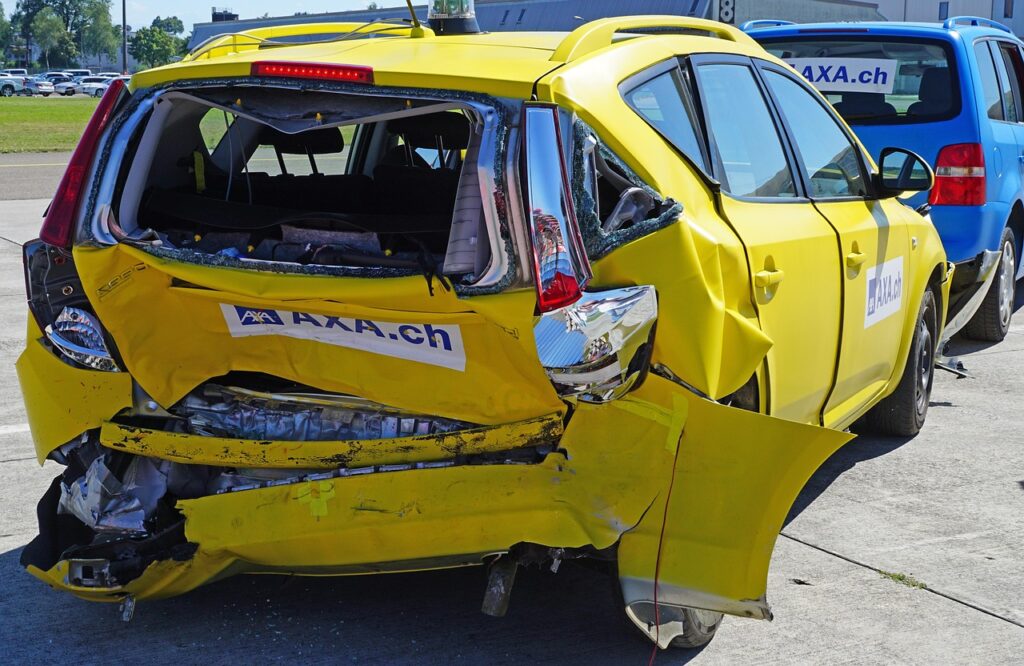
8. **High-Value Claims**Let’s be real: when big money is on the line, everyone’s scrutiny level goes way up. It’s the same for insurance companies. If your claim involves a hefty sum – think extensive vehicle damage that totals your ride or significant personal injuries requiring long-term medical care – you can bet it’s going to get a thorough once-over. This isn’t necessarily a judgment against you, but a practical step to protect against substantial potential losses.
High-value claims naturally attract more attention because the financial stakes are higher for the insurer. They have a duty to their shareholders and other policyholders to ensure that such large payouts are absolutely legitimate and fully justified. This means that even if every detail seems straightforward, the sheer dollar amount involved can be enough to trigger a more rigorous review process, pulling in more resources and specialized investigators to dot every ‘i’ and cross every ‘t’.
For insurers, a large claim isn’t just a number; it represents a higher potential for exaggeration or outright fraud. While many high-value claims are perfectly valid, the industry has unfortunately seen cases where individuals inflate damages or injuries to maximize their payout. This means that if you’re filing a claim for major losses, expect your insurer to allocate a significant amount of time and effort to verify every single component of your claim, from repair estimates to medical prognoses. It’s their way of balancing risk and ensuring fairness.
Read more about: 10 Unexpected Ways Your New Car Insurance Policy Can Beat Your Old One’s Price
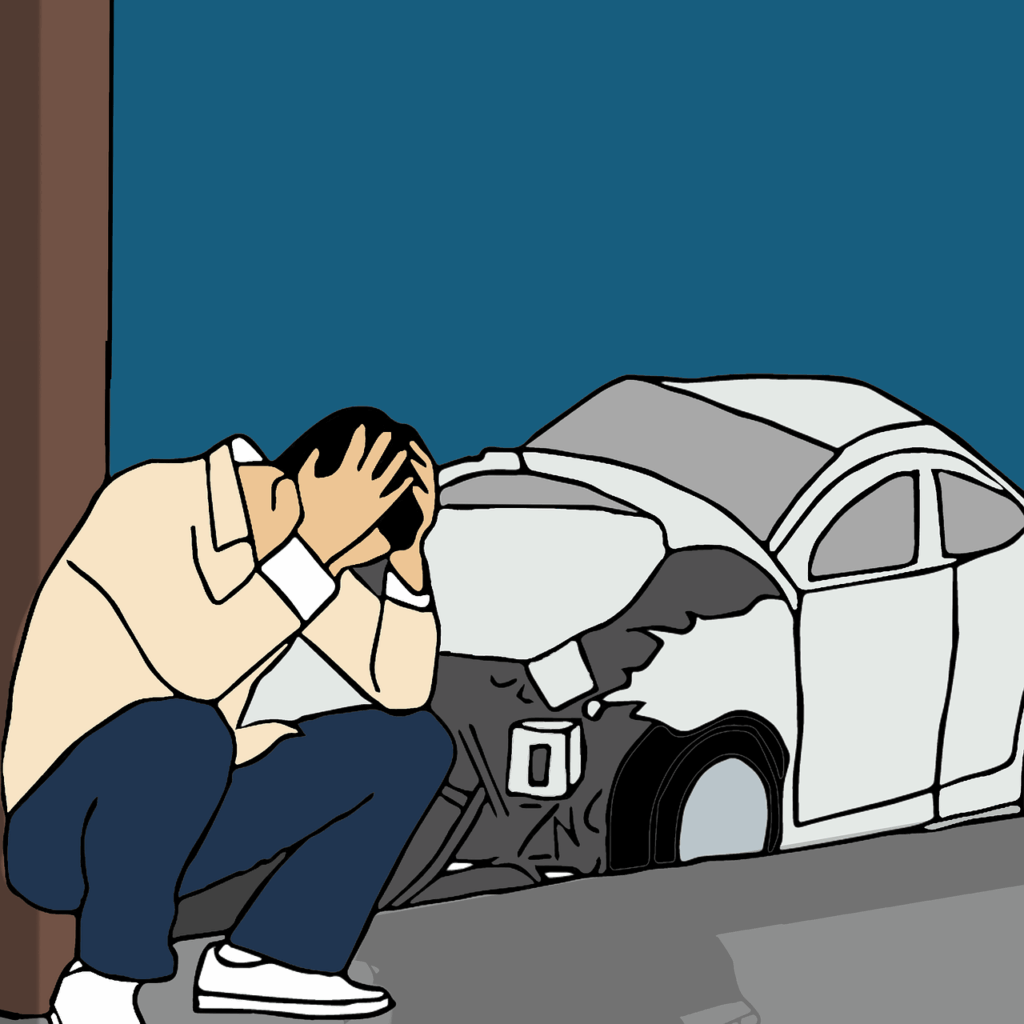
9. **Referral to a Special Investigations Unit (SIU)**If your claim has accumulated enough red flags that it’s starting to look like a full-blown mystery novel, it might just get bumped up to the big leagues: the Special Investigations Unit, or SIU. This isn’t just another claims adjuster; this is where the real specialized fraudbusters come in. A referral to the SIU is a significant escalation and signals that the insurer has serious concerns about the claim’s legitimacy or potential for material misrepresentation.
The SIU is typically staffed by professionals who bring backgrounds in law enforcement, forensic analysis, or other investigative fields. They’re trained to spot deceptive practices that a regular adjuster might miss and are equipped with advanced tools and techniques to conduct in-depth inquiries. When SIU steps in, it means your claim is under the microscope of experts dedicated solely to uncovering fraud, rather than just processing routine claims.
This unit acts as the insurer’s primary line of defense against complex or organized fraud. Their involvement moves the process beyond simple verification into serious detective work. They collaborate closely with legal teams and adjusters, ensuring that any determination about your claim is based on an objective, fact-based investigation, leaving no stone unturned in their quest for the truth. It’s a clear signal that the insurer believes there’s more to your claim than meets the eye.

10. **Refusal or Evasiveness During Examination Under Oath (EUO)**Imagine you’re in a courtroom, under oath, giving a formal statement – that’s essentially what an Examination Under Oath (EUO) feels like. It’s a crucial, formal step in some investigations, especially when an SIU is involved. During an EUO, an attorney for the insurance company will question you about the accident, your claim history, and any relevant details, with your testimony being legally binding and recorded by a court reporter. It’s a serious affair.
If an insurer requests an EUO, it’s because they have persistent questions or lingering doubts about your claim that haven’t been resolved through other investigative means. Your willingness to participate fully and honestly is paramount. Refusal to appear for an EUO, or exhibiting evasive or inconsistent behavior during one, is a massive red flag. It can be interpreted as an attempt to hide information or as an admission that there are indeed discrepancies you’re unwilling to clarify under oath.
This step is designed to get your definitive, sworn account, which helps the insurer lock down facts and verify details. Any hesitation, or answers that conflict with previous statements or other evidence, can lead to the claim being denied due to material misrepresentation or lack of cooperation. It’s a high-stakes moment in the investigation, making your truthful and direct participation absolutely critical to the outcome of your claim.
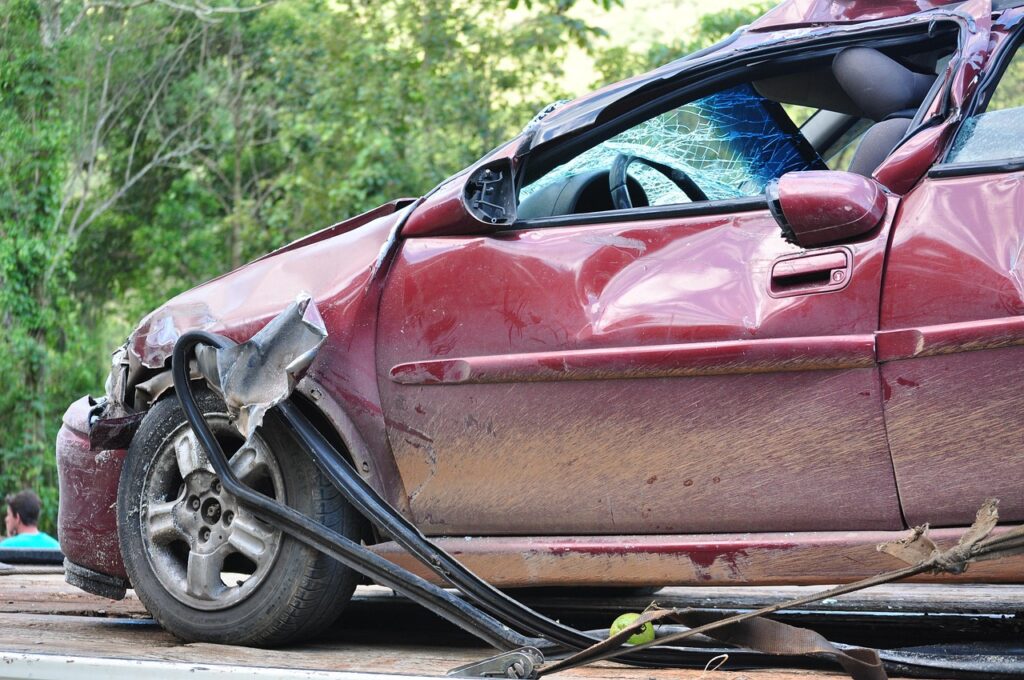
11. **Discrepancies Uncovered by Expert Consultation**Sometimes, getting to the bottom of an accident requires more than just eyewitness accounts and photos; it needs science and specialized expertise. That’s where expert consultants, like accident reconstruction specialists, come in. These pros are like forensic scientists for car crashes, meticulously analyzing physical evidence to determine exactly what happened, how, and why. Their findings can either bolster your claim or, if discrepancies emerge, trigger a whole new level of scrutiny.
Insurers call upon these experts in complex cases – perhaps where the claimed injuries seem out of sync with vehicle damage (a trigger we discussed earlier!), or if the accident dynamics are unclear, or there’s conflicting information about impact points. These specialists can analyze everything from skid marks and vehicle deformation to force of impact and crush analysis. They can tell a compelling story from the mute evidence left behind, providing an objective, scientific perspective that can be hard to argue with.
The real trigger for deeper investigation comes when an expert’s findings contradict your account or other supposed facts. If their analysis suggests the damage couldn’t have occurred as described, or that the forces involved don’t align with the severity of claimed injuries, it immediately raises a huge red flag. Such expert discrepancies can dismantle a fraudulent claim or, at the very least, force a significant re-evaluation, showing the power of objective, scientific evidence in determining the truth.
12. **Evidence from Social Media and Digital Footprints**In our hyper-connected world, what you post online can absolutely come back to haunt your insurance claim. Insurers are increasingly leveraging digital evidence, including social media accounts and other online footprints, as a powerful investigative tool. They’re not just scrolling through your vacation photos for fun; they’re looking for anything that might contradict your claim or shed light on your activities and physical condition post-accident.
Think about it: if you’re claiming debilitating back injuries that prevent you from working, but your Facebook feed shows you rock-climbing last weekend, that’s a massive inconsistency that investigators will jump on. Similarly, posts about financial struggles just before an accident, or expressions of discontent with your job, can raise suspicions about motives behind a claim. Every digital crumb you leave online can be a piece of the puzzle for a savvy investigator.
This isn’t about invading your privacy without cause; it’s about gathering publicly available information to verify the legitimacy of a claim. While it might feel a little intrusive, social media analysis is a legitimate step in fraud detection, especially for personal injury claims or suspicious property damages. It’s a stark reminder that in the digital age, transparency isn’t just a virtue; it’s a necessity when dealing with insurance claims. What you share with the world can become powerful evidence.
Read more about: The Billionaire’s Drive: Unpacking Larry Page’s Visionary Approach to Personal Transportation and Sustainable Investment

13. **Detection of Organized Fraud Schemes or Prior Fraudulent Activity**While individual acts of fraud are problematic, what really raises the stakes for insurers is the detection of organized fraud schemes or a pattern of prior fraudulent activity. We’re talking about sophisticated operations where multiple individuals might be staging accidents, fabricating injuries, or coordinating claims across different policies or even different companies. This goes beyond a one-off attempt at deception; it’s a systemic attack on the insurance industry.
Insurers combat this by leveraging advanced databases like the ISO ClaimSearch system, which tracks insurance claims nationwide. This allows them to identify patterns, link seemingly unrelated incidents, and flag individuals or groups connected to multiple suspicious claims. Data analytics also plays a crucial role here, sifting through vast amounts of information to spot anomalies and broader fraud trends that human adjusters might not detect. When these systems ping, it signals a serious deep dive.
If an investigation uncovers evidence of an organized scheme or a history of deliberate, fraudulent claims, the consequences escalate dramatically. This isn’t just about claim denial anymore; it’s about criminal prosecution. These types of discoveries protect all policyholders by helping to keep premiums stable and ensuring that the financial burden of large-scale fraud isn’t passed onto honest customers. It’s a testament to the insurer’s commitment to maintaining the integrity of the entire system.
Read more about: Buyer Beware: Major Credit Cards Ban Transactions on Fake Sites Spoofing These 11 Retailers
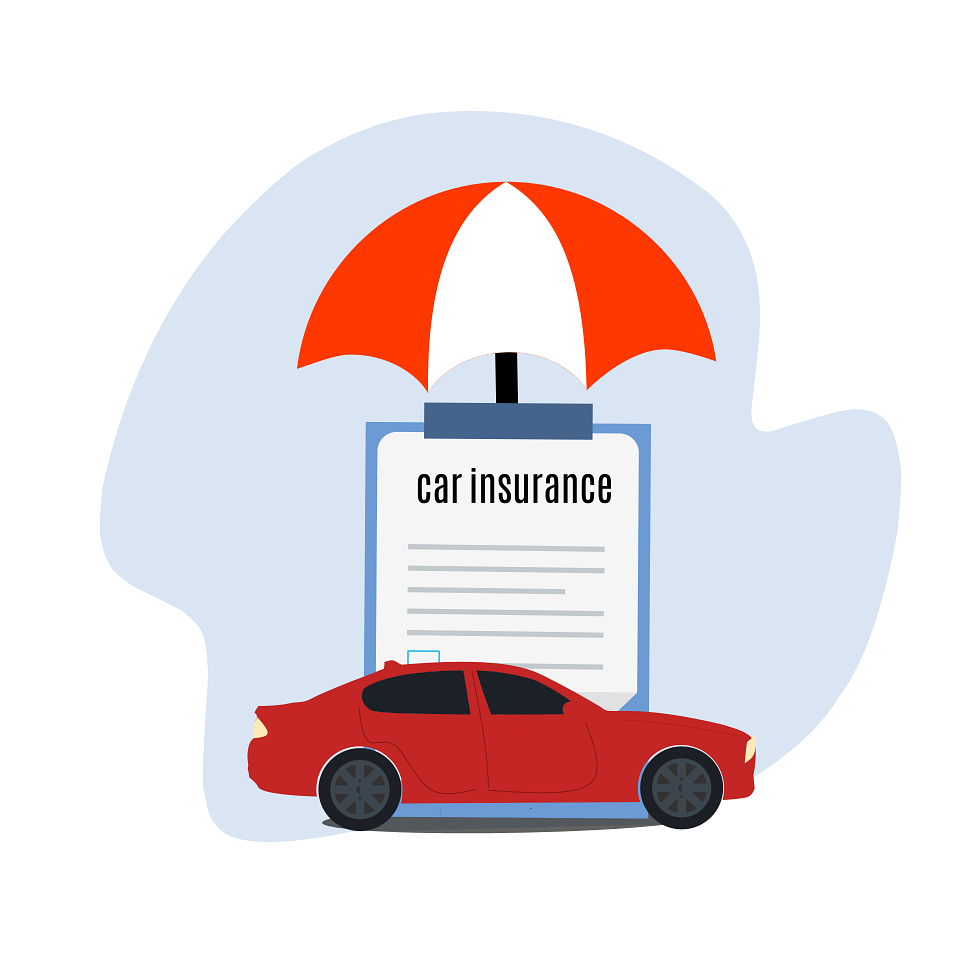
14. **Uncooperative or Evasive Behavior During Investigation**Finally, let’s talk about something pretty straightforward: how you behave during the investigation itself. You might be completely honest and your claim entirely legitimate, but if you’re uncooperative, evasive, or downright unresponsive to your insurer’s requests, you’re inadvertently raising a huge red flag. It’s not about giving them a hard time; it’s about providing all the information they need to do their job and verify your claim.
Investigators rely heavily on your full cooperation. This means providing requested documents promptly, showing up for scheduled interviews (like that EUO!), and offering clear, consistent answers to their questions. If you’re constantly delaying responses, providing incomplete information, or giving contradictory statements, it can seriously hinder their ability to verify your claim. From their perspective, such behavior often suggests you might have something to hide, even if that’s not your intention.
Remember, the goal of the investigation is to gather all facts and confirm the details. Being transparent and proactive in assisting your insurer can significantly smooth the process. Conversely, if your uncooperative behavior leads them to conclude they cannot verify the facts, it can ultimately lead to a denial of your claim. So, while it can be a stressful time, staying calm, honest, and collaborative is your best bet to navigating the investigative waters successfully.
Navigating the world of car insurance claims, especially when an investigation looms, can feel like a labyrinth. But understanding these common triggers and the thorough process insurers undertake isn’t about fear; it’s about empowerment. By being transparent, meticulous in your documentation, and proactive in your communication, you can ensure that your legitimate claim stands the best possible chance of a fair and speedy resolution. After all, the system is designed to protect honest policyholders, and by knowing the ins and outs, you’re better equipped to let your truth shine through. Keep those records clean, stay honest, and drive safe!


